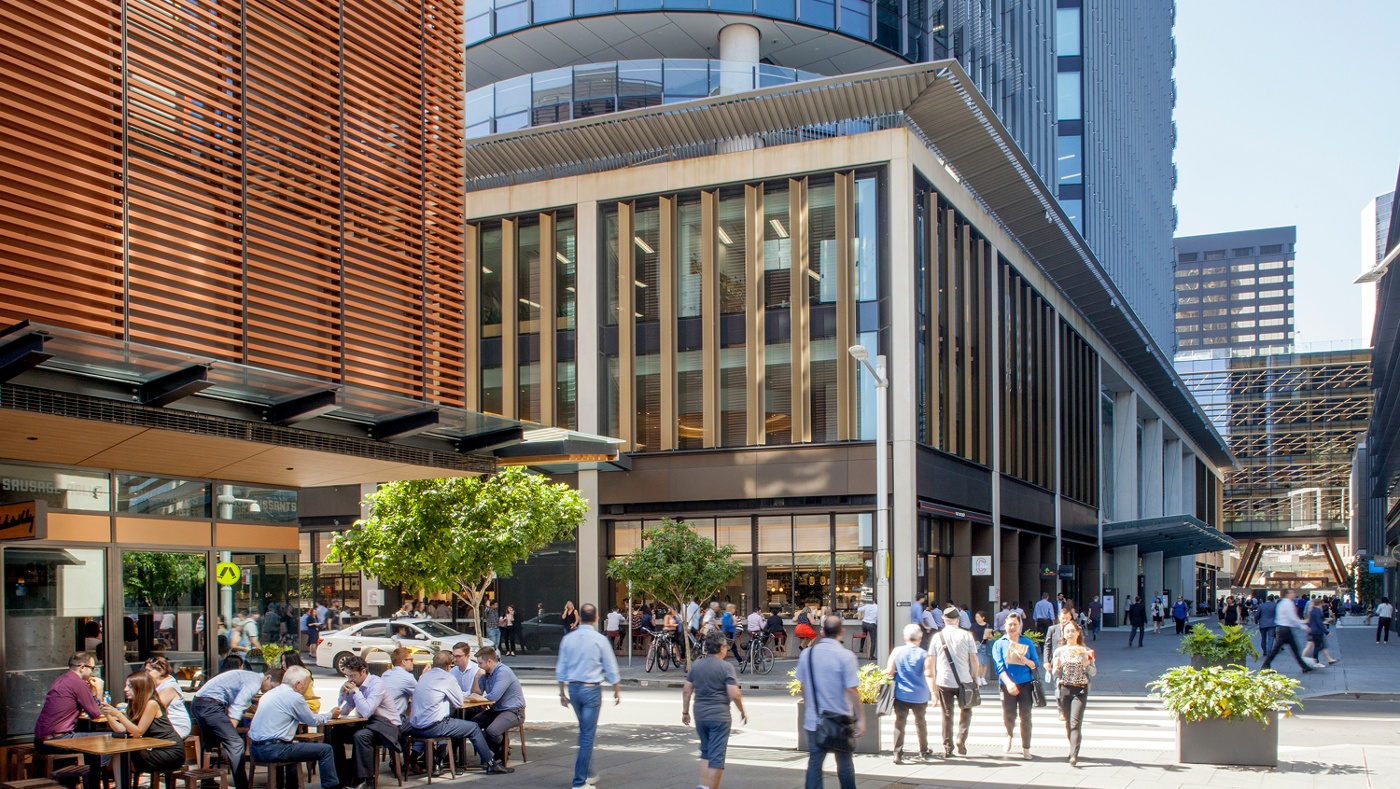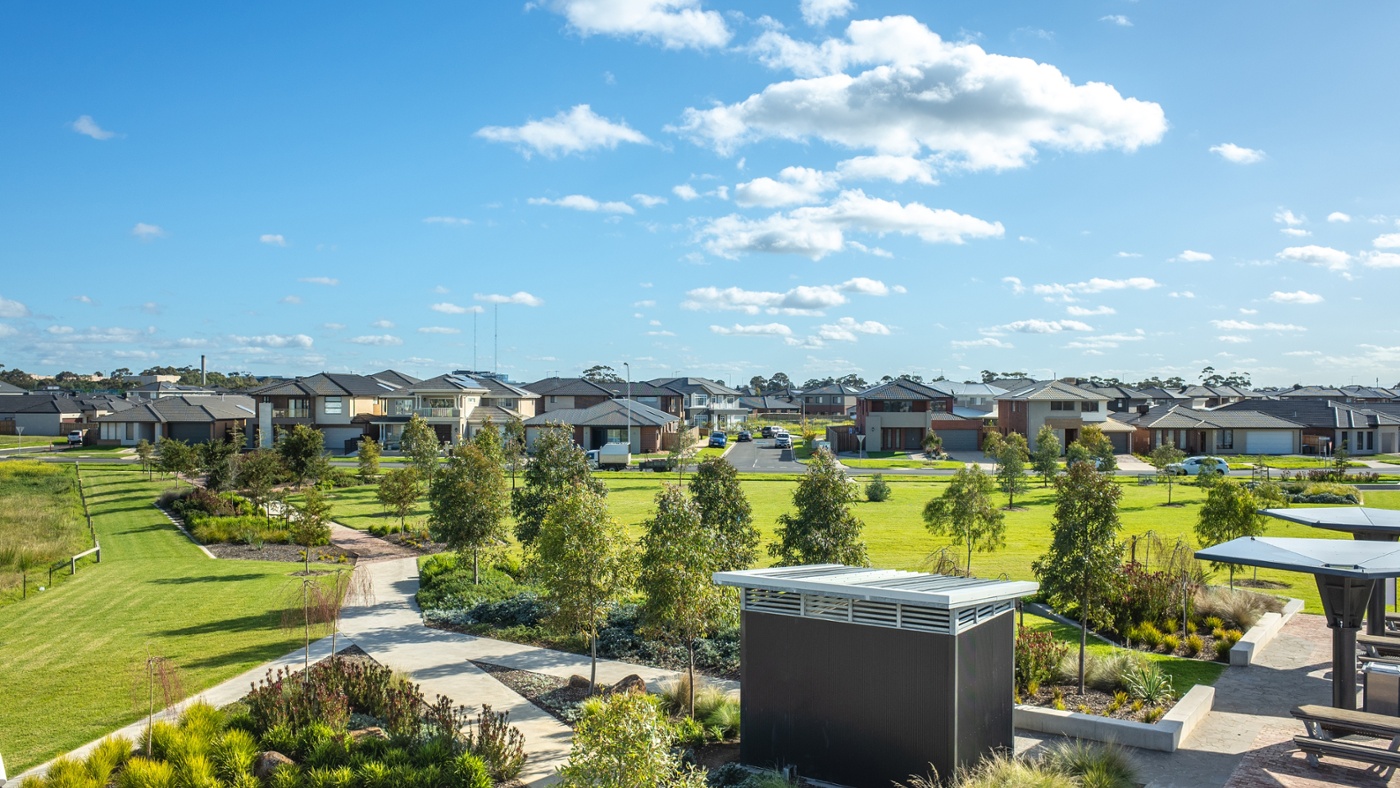Additional amendments have been proposed as part of the draft Housing SEPP legislation
The draft Housing SEPP will incorporate the provisions of the current affordable housing provisions under State Environmental Planning Policy (Affordable Rental Housing) 2009 (ARHSEPP) and State Environmental Planning Policy No 70 – Affordable Housing (Revised Schemes) (SEPP 70).
Changes were recently made to these policies, mainly benefiting Land and Housing Corporation (LAHC); however additional broader amendments are now proposed as part of the draft Housing SEPP legislation which has now been placed on public exhibition until 29 August 2021.
What were the previous changes?
Changes to the ARHSEPP came into effect in February 2021 to improve the delivery of social and affordable housing by the LAHC. The key changes included:
- Ability to self-assess developments of up to 60 dwellings (previously 20 dwellings) and to include manor houses and multi dwelling houses as eligible development typologies.
- Expansion of the types of residential development permitted under the in-fill affordable housing division (including terraces and other medium density housing) and extended this to regional centres (including Newcastle and Wollongong) as well as the density bonus provisions to these uses.
- Development carried out by LAHC was categorised as State Significant Development.
- Councils can levy monetary contributions to offset the loss of affordable housing that was low rental at any time within the five years prior to lodgement of a Development Application (DA) (replacing the former trigger of 28 January 2000). The onus is now also on the applicant to demonstrate whether a building contained low-rental dwellings.
These provisions will be transferred to the Housing SEPP generally in their current form once the SEPP is finalised.
What are the proposed changes?
New Definition for Affordable Housing
A new definition for affordable housing is to apply consistently across all sections of the Housing SEPP. The new definition draws on the previous definitions in the ARHSEPP and SEPP 70 including;
- Having a gross income less than 120% of the median household income for a region and paying no more than 30% of that income in rent.
- Is eligible to occupy rental accommodation under the National Rental Affordability Scheme.
Infill Affordable Housing
Infill Affordable Housing is development that contains a percentage (at least 20%) of affordable housing. A key change as it applies to this form of development is that the minimum duration for dwellings to be used for affordable housing has increased from 10 to 15 years.
In addition, a new provision is included requiring the bonus floor space ratio (FSR) to be used only for the purpose of affordable housing. Also, changes are made to the ‘non discretionary development standards’, which cannot be used to refuse consent:
- Deep soil remains at 15% of the site but should have a minimum dimension of 6m. 65% of this deep soil should be located to the rear of the site (where practicable).
- Application of the Apartment Design Guide and Low Rise Housing Diversity Design Guide for new minimum dwelling sizes. For housing typologies that these policies do not apply to (e.g. attached dwellings or residential flat buildings under three storeys), the following increased sizes apply:
- one bed – 65sqm
- two bed – 90sqm
- three bed – 115sqm (plus 12sqm for each addition bed above this)
- Removal of provision stating that GFA does not include any car parking (although the standard template definition for GFA already generally excludes car parking).
Boarding Houses
The key changes for Boarding Houses are that, as anticipated in the Explanation of Intended Effect (EIE) , they must now be used for affordable housing in perpetuity and delivered by Community Housing Providers.
A key move, aligned to some of the other provisions in the draft Housing SEPP as it applies to other forms of diverse housing is that Boarding Houses will only be allowed where they are permissible by another EPI (i.e. no longer mandated in the R2 zone).
Changes are also made to the standards which cannot be used to refuse consent:
- Where residential flat buildings are permissible and the land does not contain a heritage item, a 25% GFA bonus is applicable (previously 20% or 0.5:1 if the existing FSR was 2.5:1 or less).
- Landscape areas are to be in accordance with relevant planning instrument for either multi dwelling housing within R2 and R3 zones or residential flat buildings in the R4 zone.
- Minimum 30sqm of communal living space for boarding houses with six rooms and an additional 2sqm is required for each additional room.
- Communal open space equivalent to 20% of the site area required.
- Inclusion of rates for motorcycle and bicycle parking.
Allied to this, new standards are introduced which development must comply with:
- The design must be ‘’compatible’’ with the character of the local area. We see this as a key risk area for proponents – having seen this issue used to refuse consent for previous proposals despite Land & Environment Court precedence on compatibility.
- A maximum of only 12 rooms for boarding houses within the R2 zone.
- Minimum lot sizes:
- R2 zone: 600sqm or minimum size for manor house under relevant planning instrument.
- R3 zone: equivalent to multi dwelling housing under relevant planning instrument.
- Any other land: equivalent to residential flat buildings under relevant planning instrument.
- Minimum setbacks
- R2 and R3 land: equivalent to multi dwelling housing under relevant planning instrument.
- R4 land equivalent to residential flat buildings under relevant planning instrument.
- In an interesting application of a policy that does not necessarily apply to this land use, if a boarding house exceeds three storeys, it must comply with the separation distances of the Apartment Design Guide.
- Room sizes (excluding bathroom/kitchen for the purposes of calculating GFA):
- 12 sqm for single occupant room.
- 16sqm in any other case.
The new provisions will not apply to boarding houses that have already been approved or built. However, they will apply where an application is lodged for major alterations or additions to a boarding house. We can see this becoming a major issue for even minor alterations and additions.
In summary
The major change of the new legislation is that boarding houses will need to be used for affordable housing in perpetuity (operated by a registered community housing provider). This means that boarding house provisions will no longer apply to new generation boarding homes and student housing which were previously captured by the legislation. These uses will now fall under the proposed new co-living provisions which results in a reduced GFA bonus (of 10%) compared to the boarding house provisions which are proposed to provide for up to a 25% bonus.
Another important change is that infill housing (i.e. residential development which receives a GFA bonus for providing at least 20% affordable housing) will now need to be retained as affordable housing for an additional five years (to 15 years in total). It will be interesting to see how this provision plays out- whilst it clearly increases the duration of affordable housing it may in fact disincentivise its provision in the first place.
In changes to the design and amenity standards, there is a consistent theme across the draft SEPP of deferring to the provisions of existing instruments for context, as well as applying the provisions of the Apartment Design Guide to this form of development, despite it not legally applying.
We recommend that the industry engage with the draft Housing SEPP, with submissions to the DPIE due by 29 August 2021.
Please contact Planning Principal, Chris Forester with any queries or if you would like to make a submission.
Related Insights

Recognising Our People: 2025 Mid-Year Promotions

NSW Low and Mid-Rise Housing Reforms

Ethos Urban to join Colliers




